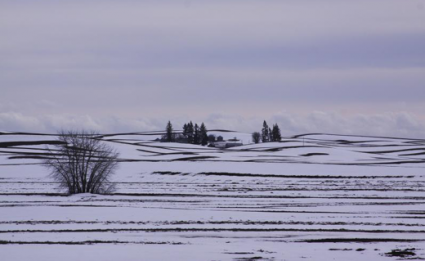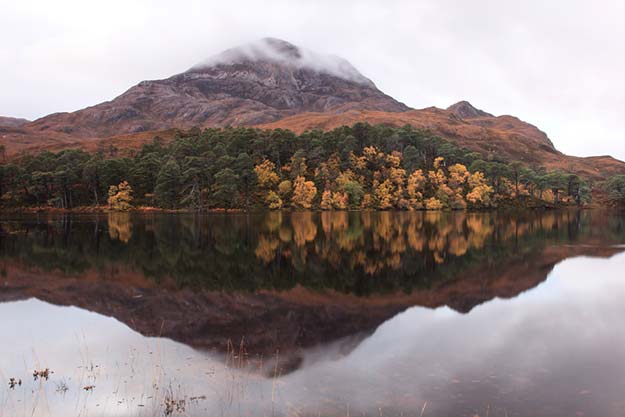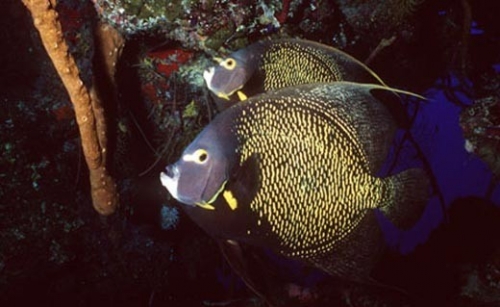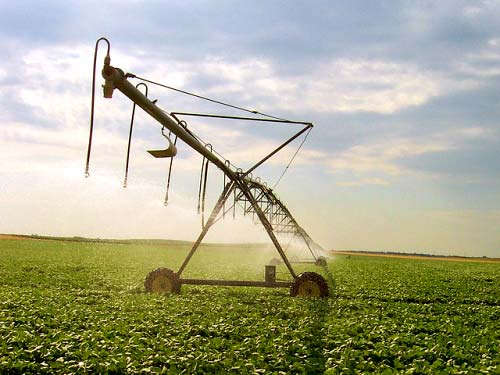Head in any direction on Michigan’s Upper Peninsula and you will reach gushing rivers, placid ponds and lakes – both Great and small.
An abundant resource, this water has nourished a small Native American community for hundreds of years. So 10 years ago, when an international mining company arrived near the shores of Lake Superior to burrow a mile under the Earth and pull metals out of ore, the Keweenaw Bay Indian Community of the Lake Superior Band of Chippewa had to stand for its rights and its water.
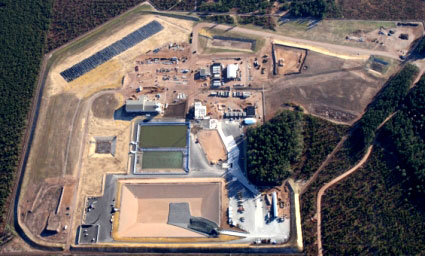
The Eagle Project mine is just inland from Lake Superior in the central part of Michigan’s Upper Peninsula. Credit: Michigan Department of Environmental Quality.
And now, as bulldozers raze the land and the tunnel creeps deeper, the tribe still hasn’t backed down.
“The indigenous view on water is that it is a sacred and spiritual entity,” said Jessica Koski, mining technical assistant for the Keweenaw Bay community. “Water gives us and everything on Earth life.” Read more

